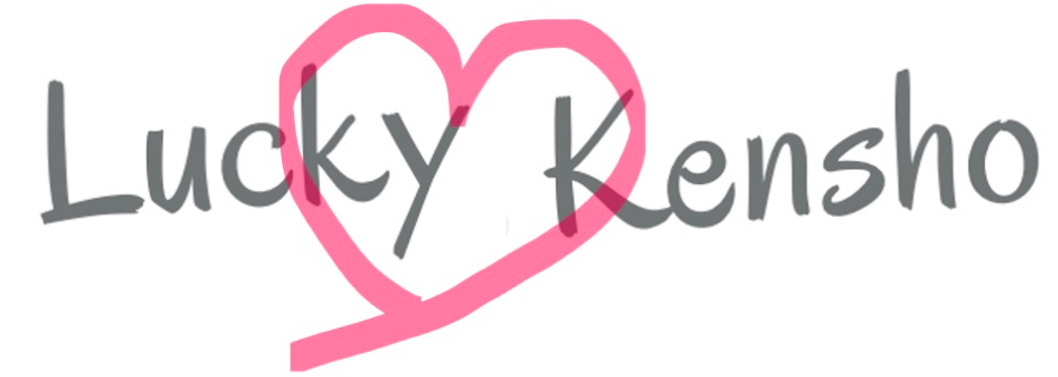If you have never attended a wedding in Japan, you may have trouble choosing the amount of congratulatory gift money and the right bag. In fact, when you go shopping for a congratulatory gift bag, you will find a variety of bag designs on the sales floor. You may think that no matter which one you choose, they are all the same, but each bag has a different meaning. It could be that your intention to give a congratulatory gift is in fact rude. In this article, we will explain the meaning of giving a congratulatory gift and the meaning behind the congratulatory gift bag.
What is “Goshugi”?
The word “goshugi” originally meant a wedding or other celebratory ceremony. It was also used to mean a tip or gratuity given to those who assisted or took care of a celebratory event.
Later, it came to mean the giving of money or goods to relatives or friends to express congratulations when they get married.
Since it also means that the guests themselves bear the cost of the hospitality they receive at the wedding, the bride and groom do not decide the amount. This is why the amount is not written on the invitation.
Goshuugi is generally given on the wedding day in a noshi-bukuro (gift bag). A wedding gift, on the other hand, is a gift or money given separately from the congratulatory gift. The wedding gift should not be given on the day of the wedding, but at least one week before the wedding. This gift is usually given in case the recipient is unable to attend the wedding ceremony.
It is not necessary to give both a congratulatory gift and a wedding gift. Also, in the case of a fee-paying wedding, a congratulatory gift is not required since the wedding fee is paid. It is likely to be considered insane not to give a congratulatory gift or to wrap too small an amount.
It is considered good manners to wrap an extra amount as a congratulatory gift to cover the cost of the meal and venue at the wedding.
Market Price of Congratulatory Rewards
What is the typical amount to wrap for a congratulatory gift?
At weddings, it is common to avoid giving even-numbered amounts and to give odd-numbered amounts, as it means “two people separating” or “being divided. The number 9, which is associated with “suffering,” is also avoided as an unlucky number.
Furthermore, among even numbers, 8 is considered a good amount to give as a congratulatory gift because it has the meaning of the last days of the year. The standard wedding gift for a friend or colleague is 30,000 yen, and for a family member’s wedding, 50,000 yen.
If you are unable to attend the wedding, the standard amount is 10,000 yen, but it is not necessary to give a congratulatory gift. However, if you have returned the invitation but are unable to attend due to circumstances, the full amount should be given at a later date.
There is no right answer to the amount of the congratulatory gift. The amount will depend on your relationship with the bride and groom, your past and future friendship, and your desire to congratulate them.
It is good manners to wrap the money in new bills to celebrate the couple’s new start. If you are unable to prepare new bills, iron the wrinkles to make them less noticeable before wrapping the gift. Place the bill with the person printed on it face up in the envelope.
Congratulatory gift envelopes also have meanings
In Japan, it has long been believed that people are unclean, and that if you hold a gift in your hand, the person’s dirt will be transferred to the gift. Therefore, by wrapping the gift in a pure white gift bag and tying it with mizuhiki, the gift inside is meant to be clean.
Unlike those used for general celebrations, wedding gift envelopes should be flashy and luxurious. Congratulatory gift envelopes decorated with auspicious symbols such as cranes, turtles, pine trees, bamboo, and plum trees are common. Various types of congratulatory gift envelopes are available, such as those with mizuhiki (a type of traditional Japanese paper used for wedding ceremonies), pastel colors, or turtles and cranes.
In order to distinguish a wedding gift bag from a wedding envelope, there are four points to look out for.
The first is whether or not there is a noshi (gift wrapper). This is a decoration shaped like a feather board in the upper right corner of the gift bag. It is modeled after an abalone that has been stretched and dried, and is not used for condolence occasions. For this reason, the congratulatory gift bag for wedding gifts always has a noshi (gift wrapper).
The second is whether the mizuhiki is “awaji-knot” or “knot-knot. Mizuhiki is a decorative string, and the way it is tied and the number of knots used differs depending on the meaning of the string. Knot-kiri and awaji-knots are knots that are difficult to untie after tying.
They express the wish that the marriage will be the only one in one’s life. Furthermore, by pulling on both ends, the knot becomes stronger, meaning that the couple will be together for a long time.
On the other hand, mizuhiki with a “bow” knot is used for celebrations that can be repeated many times, and is not appropriate for marriage.
Third, the mizuhiki color is either gold and silver or red and white. Note that mizuhiki in gold, silver, or red and white are used for celebratory occasions, while mizuhiki in black and white or yellow and white are used for condolence occasions.
The fourth is whether there are 10 mizuhiki. For a wedding ceremony, 10 mizuhiki are used to express the wish that the blessings will overlap.
For 10,000 to 20,000 yen, a gold and silver mizuhiki with an “abaji-knot,” which resembles an abalone shell, should be selected.
For gifts of 20,000 to 30,000 yen, the gold and silver mizuhiki should be decorated, and for gifts of 50,000 yen, the mizuhiki should be decorated with gorgeous ornaments and made of high quality Japanese paper. It is also important to select a congratulatory gift bag that is appropriate for the ceremony to be attended and for the person to whom the gift is intended.
Bags with arranged materials and mizuhiki give a casual impression and should be avoided when attending the ceremony of a superior or superior’s boss.




Comments